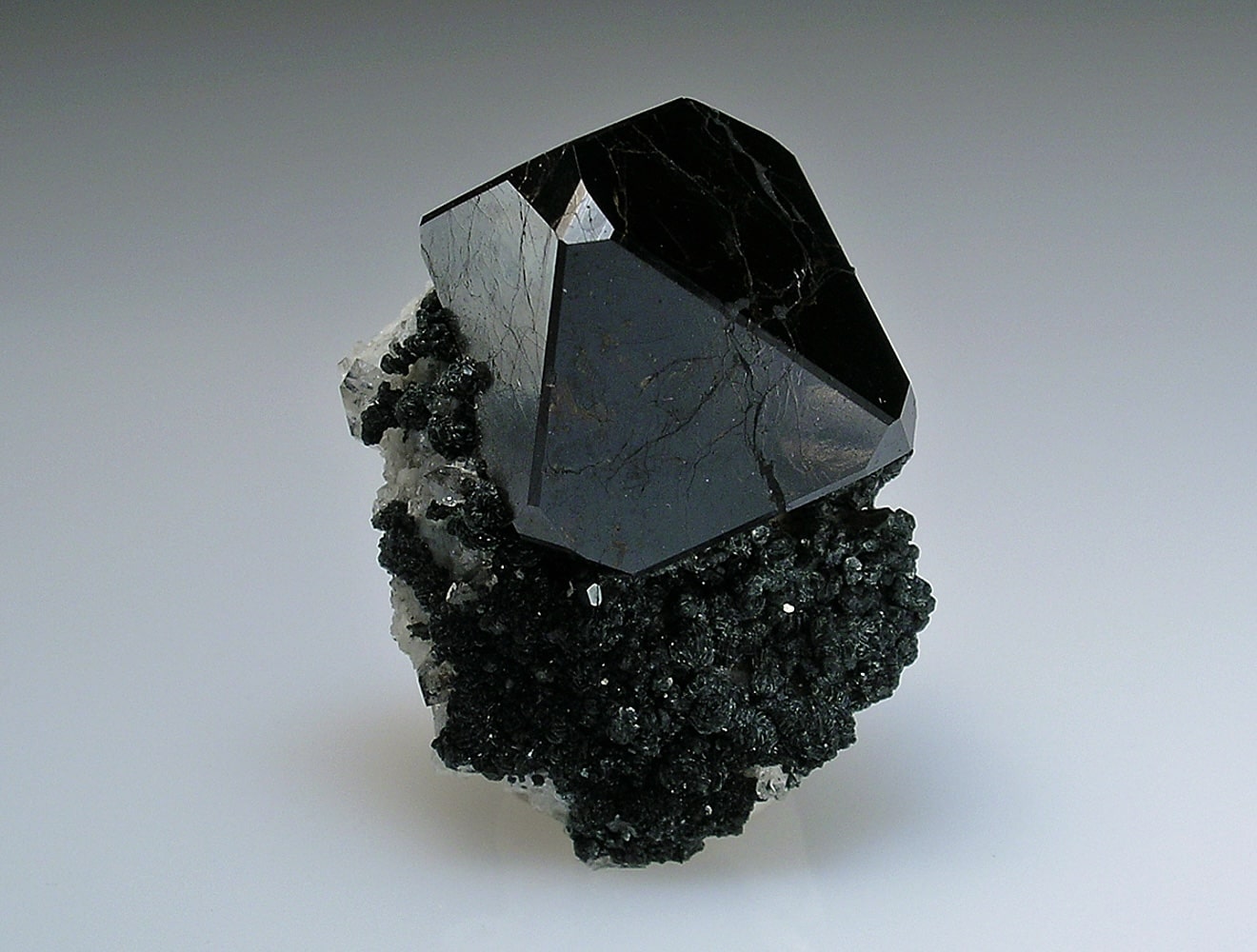
Cafarsite is a rare and intriguing mineral that has captured the interest of geologists and collectors alike. Found primarily in the Swiss Alps, this mineral is known for its unique crystal structure and striking appearance. Cafarsite is composed of calcium, iron, arsenic, and titanium, making it a complex and fascinating specimen. Its crystals often form in a cubic shape, displaying a dark brown to black color with a metallic luster. This mineral is not just a pretty face; it also holds significant scientific value. Researchers study cafarsite to understand more about the geological processes that create such rare minerals. Whether you're a seasoned collector or a curious newcomer, learning about cafarsite offers a glimpse into the Earth's hidden treasures.
Key Takeaways:
- Cafarsite is a rare mineral found in Switzerland and Italy, known for its unique properties and brown to black color. It's valued by collectors and used in geological research and education.
- With a metallic luster and a tetragonal crystal system, Cafarsite is a fascinating mineral discovered in 1966. Its rarity and ongoing research make it a prized specimen for collectors and a valuable tool for mineralogy studies.
What is Cafarsite?
Cafarsite is a rare mineral that has piqued the interest of geologists and mineral enthusiasts alike. Found in specific locations, it boasts unique properties and an intriguing history.
- Cafarsite is a rare mineral primarily composed of calcium, iron, arsenic, and titanium.
- It was first discovered in Switzerland in the Binntal region, a hotspot for rare minerals.
- The mineral was named after the initials of its chemical components: Ca (calcium), Fe (iron), As (arsenic), and Ti (titanium).
- Cafarsite typically forms in granite pegmatites, which are coarse-grained igneous rocks.
- The mineral is often found in association with other rare minerals like titanite and allanite.
Physical Properties of Cafarsite
Understanding the physical characteristics of Cafarsite can help in identifying and studying this mineral.
- Cafarsite crystals are usually brown to black in color.
- The mineral has a submetallic to metallic luster, giving it a shiny appearance.
- It has a Mohs hardness of 5 to 5.5, making it relatively hard but not as hard as quartz.
- Cafarsite exhibits a conchoidal fracture, meaning it breaks with smooth, curved surfaces.
- The mineral has a specific gravity of around 4.1, indicating it is denser than many common minerals.
Chemical Composition and Structure
The unique chemical makeup of Cafarsite contributes to its rarity and distinct properties.
- Cafarsite's chemical formula is Ca8(Ti,Fe)6(AsO3)12·4H2O.
- The mineral contains water molecules in its structure, classifying it as a hydrated arsenate.
- Iron in Cafarsite can exist in both ferric (Fe3+) and ferrous (Fe2+) states.
- The titanium in Cafarsite is usually in the form of titanium dioxide (TiO2).
- Cafarsite's crystal system is tetragonal, meaning it has three axes of symmetry.
Locations and Occurrences
Cafarsite is not found everywhere. Its occurrences are limited to a few notable locations.
- Besides Switzerland, Cafarsite has been found in Italy, specifically in the Aosta Valley.
- The Binntal region in Switzerland is renowned for its rich deposits of rare minerals, including Cafarsite.
- Cafarsite is often found in small quantities, making it a prized specimen for collectors.
- The mineral is typically extracted from underground mines.
- In some cases, Cafarsite can be found in surface outcrops, exposed by natural erosion.
Uses and Applications
While Cafarsite is not widely used in industry, it has some specific applications.
- Cafarsite is primarily valued by mineral collectors for its rarity and unique properties.
- The mineral is sometimes used in geological research to study the formation of rare minerals.
- Cafarsite can be a teaching tool in educational institutions for mineralogy courses.
- Some museums and exhibitions feature Cafarsite as part of their mineral collections.
- Due to its arsenic content, Cafarsite must be handled with care to avoid potential toxicity.
Interesting Facts about Cafarsite
There are some lesser-known but fascinating aspects of Cafarsite that make it even more intriguing.
- Cafarsite was first described in 1966, making it a relatively recent discovery in the world of mineralogy.
- The mineral's name was officially approved by the International Mineralogical Association (IMA).
- Cafarsite can sometimes exhibit pleochroism, changing color when viewed from different angles.
- The mineral's rarity and unique properties make it a subject of ongoing research in mineralogy.
- Some specimens of Cafarsite have been found with inclusions of other rare minerals, adding to their value and interest.
Cafarsite's Fascinating World
Cafarsite, a rare mineral, holds a unique place in the world of geology. Found primarily in Switzerland, this mineral's distinct crystal structure and composition make it a subject of interest for collectors and scientists alike. Its formation involves complex geological processes, adding to its allure.
Despite its rarity, cafarsite's properties, such as its brownish-red color and high density, make it easily identifiable. It's often associated with other minerals like allanite and titanite, forming in metamorphic rocks. This mineral's discovery dates back to the early 20th century, and since then, it has intrigued many with its unique characteristics.
Whether you're a geology enthusiast or just curious about the natural world, cafarsite offers a glimpse into the Earth's fascinating mineral diversity. Its story is a testament to the wonders hidden beneath our feet, waiting to be uncovered.
Frequently Asked Questions
Was this page helpful?
Our commitment to delivering trustworthy and engaging content is at the heart of what we do. Each fact on our site is contributed by real users like you, bringing a wealth of diverse insights and information. To ensure the highest standards of accuracy and reliability, our dedicated editors meticulously review each submission. This process guarantees that the facts we share are not only fascinating but also credible. Trust in our commitment to quality and authenticity as you explore and learn with us.
